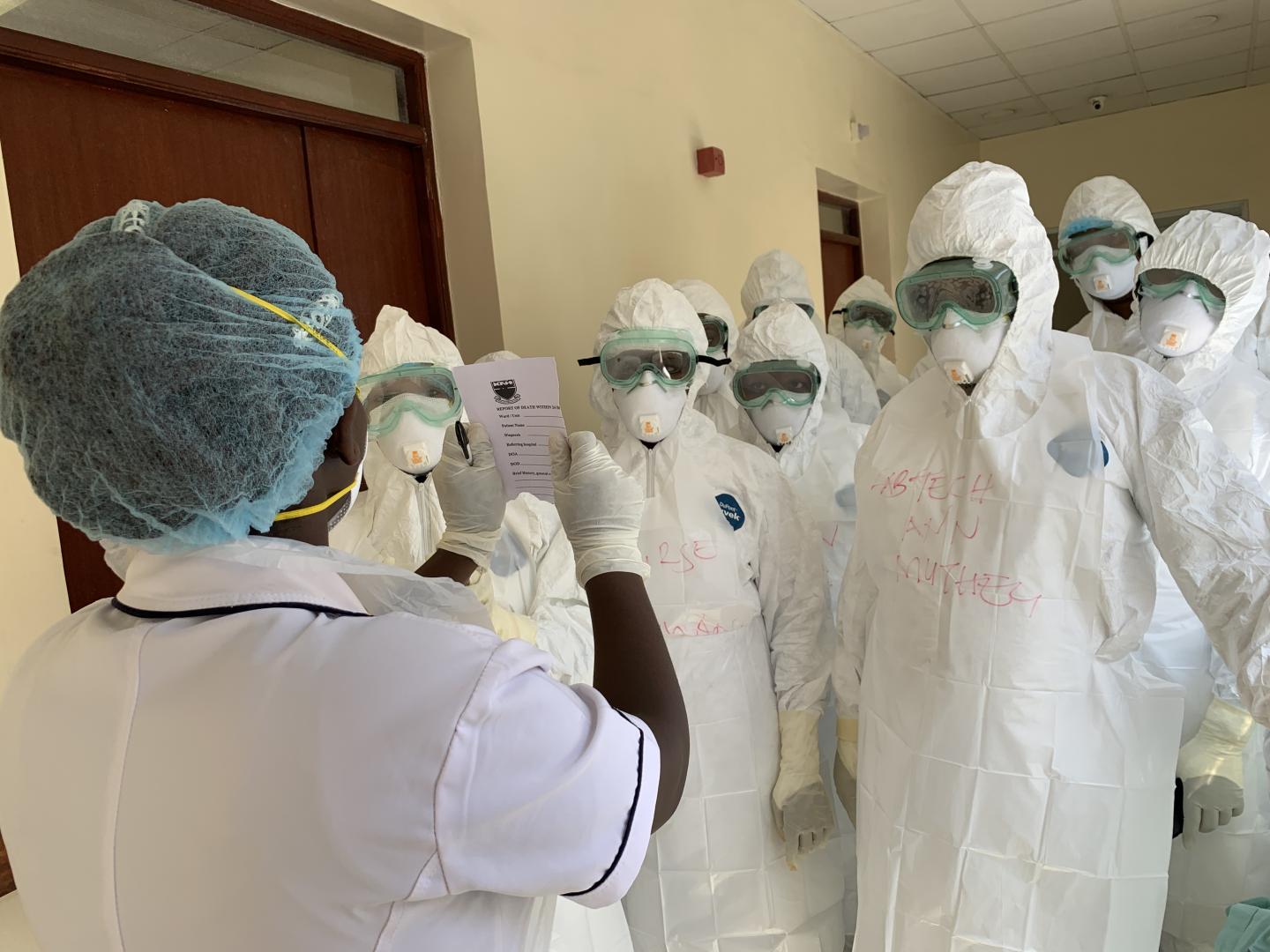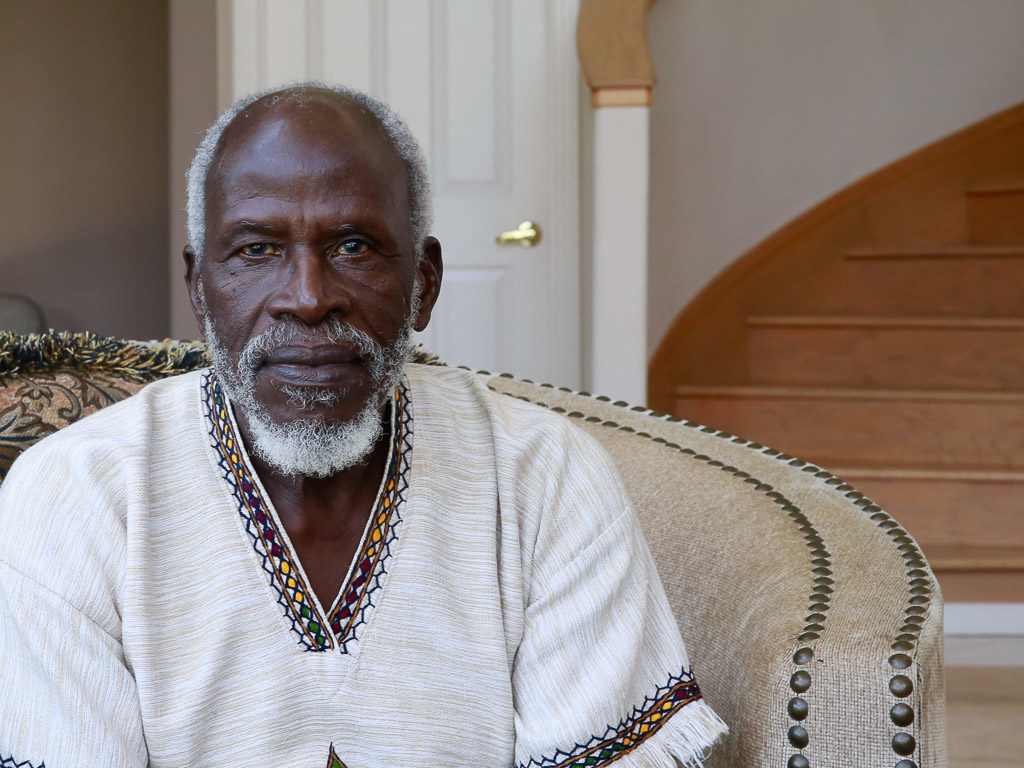COVID-19 Deaths In Africa Are Much Lower Than Everyone Expected. We Have Some Ideas Why

COVID-19 first appeared on the world scene in Wuhan City in China. The World Health Organization (WHO) received notification of the disease on 31st December 2019. On 11th March 2020 WHO declared the disease a pandemic. This sent shock waves globally and especially to the African continent. All the predictions were that it would be hard to contain COVID-19 in Africa. Many analysts including the WHO predicted a massive death toll if COVID-19 ever gets to Africa. Six months on, the reverse of the predictions is the reality. The big question now is, why is COVID-19 death in Africa low?
The challenges of controlling COVID-19 in Africa
Those predicting a high COVID-19 death in Africa had a good reason for doing so. The nature of the virus and how it spreads was the immediate cause for concern. The virus spreads from person to person through droplets when an infected person coughs or sneezes. Also, respiratory droplets can land on surfaces and contaminate them. Thus, the best means to prevent the spread was through the use of masks, proper and regular hand washing, as well as social distancing. All these were hard to accomplish in Africa because of poverty. Some of the reasons for the prediction of large COVID-19 death in Africa are listed below.
Social Distancing

Africa is home to some of the worlds’ largest, overpopulated slums. Two well-known slums are the infamous Kibera in Nairobi that has 700,000 dwellers, and Ajegunle in Lagos with 500,00 inhabitants. Slum-dwellers have inadequate sanitation and limited access to clean water. It was not realistic to expect them to implement physical distancing and proper hygiene under such circumstances. Thus, slums in Africa were potential hotspots for the virus.
Displaced Persons

There was fear of COVID-19 infiltrating refugee camps in Africa, leading to widespread infections. Sub-Saharan Africa is home to 26% of the worlds’ refugees. One of the largest camps Kakuma is in northwestern Kenya and has a population of 194,000. The living conditions there are no different from the slums. Also, medical staff in these camps are not equipped to handle cases of serious illness.
Specialized Medical Care
The COVID-19 virus attacks the lungs resulting in acute respiratory distress syndrome. Consequently, patients often require ventilators to help them breathe. Sadly, there was only a handful of them in some of the best hospitals across the continent. Scaling-up in preparation for the pandemic was a huge problem.
Testing and Isolation
At the beginning of February, only 2 African nations had virus testing kits. The countries that pushed back the virus achieved this through mass testing and isolation. There was the danger that COVID-19 death in Africa would be high because of the lack of adequate testing. Also, there were a few isolation centers. Thus, there was the danger of massive community spread.
Possible explanation for the low COVID-19 death in Africa
The COVID-19 virus has infected 27.68 million persons globally and caused 899,315 deaths with the USA leading in the number of cases and deaths. South Africa has the highest COVID-19 death in Africa (less than 15,000 deaths). However, this is still far below the expectation of many analysts. However, poor neighborhoods in Brazil and India are counting COVID-19 deaths in tens of thousands. This was not the case in African slums. Felwin Sarr, a Senegalese scholar, writer, and musician said,
‘The Europeans are worried about us, but we are worried about them.’
The reasons behind Africa’s low infection figures are still under speculation. However, the following factors may have a role to play in the low COVID-19 deaths in Africa;
- The age factor. COVID-19 is more devastating in older persons. However, 60% of Africa’s population is under 65. For example, half of Kenya’s population is under 20, and only 4% are over 60 years old.
- The youthful population are mostly urban dwellers where the largest number of infections were concentrated. The older people live in rural areas. Due to movement restrictions, the high-risk youths were unable to mix with the elderly.
Other Schools of Thought Regarding the Low Infection Rate
- COVID-19 appeared in other parts of the world first. This gave African nations time to brainstorm and implement measures to protect their citizens. Strict lockdowns were implemented, international flights halted, mask-wearing was made mandatory and curfews restricted movement.
- African countries have successfully managed epidemics before, such as Ebola, AIDS, and malaria, therefore they are experienced, and most importantly they have applied the lessons learned.
- South African researchers are investigating a theory that suggests slum dwellers acquired immunity from other viruses that swept through in the past.
COVID-19 is still with us and it may be too early to rejoice. However, one lesson the world should learn is that Africa and Africans are stronger and wiser than they think. The low COVID-19 death in Africa shows that the continent can take care of itself. Do you agree with the reasons for the low deaths in Africa? Feel free to share your thoughts in the comment box below.







Responses